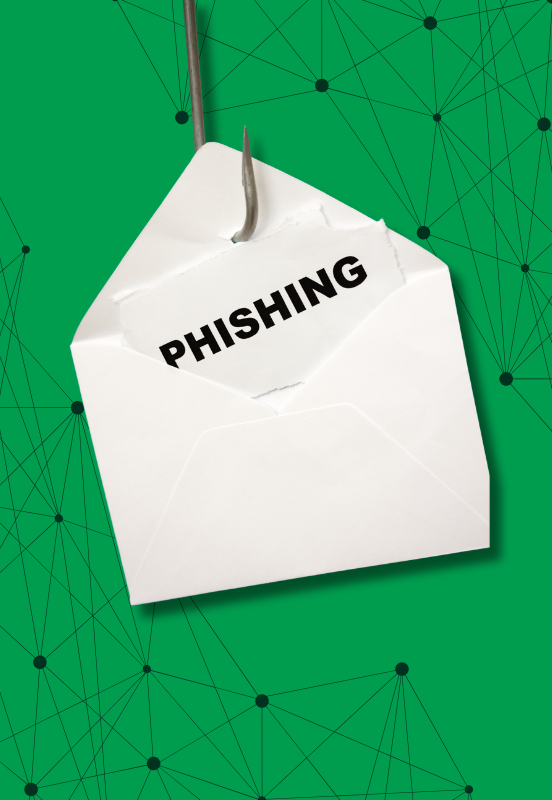
A Real Incident: Microsoft vs RaccoonO365 Phishing Operation
In September 2025, Microsoft and Cloudflare disrupted a phishing network called RaccoonO365 (also known as Raccoon0365). The attack operation enabled phishing-as-a-service; it stole at least 5,000 Microsoft 365 credentials from victims across many countries. Criminals used fake Microsoft login pages and leveraged tools like CAPTCHA to appear legitimate. According to Microsoft, the phishing scheme also produced over $100,000 in cryptocurrency revenues. The domains involved in hosting the fake pages were seized by court order. Reuters+1
What Is Phishing?
Phishing is a cyber-attack method that attempts to trick people into giving up sensitive data, access, or money by impersonating trusted entities (like email providers, vendors, or individuals). It commonly comes through email but also shows up in text messages (smishing), phone calls (vishing), or fake websites.
Common types include:
- Spear phishing: highly targeted attacks customized to the victim.
- Impersonation / fraudulent instruction: requests that appear to come from senior individuals or vendors.
- Mass phishing: broad attacks sent to many hoping someone responds.
The Risks and Impacts of Phishing
When a phishing attack succeeds, it can lead to multiple, serious consequences:
- Financial loss: stolen credentials, unauthorized payments, wire fraud.
- Data breach: once inside, attackers may access sensitive information or systems.
- Reputational damage: loss of trust if customers or partners are affected.
- Legal/Regulatory exposure: fines or penalties if personal or regulated data is compromised.
- Operational disruption: time, money, and resources required for investigations and recovery.
The RaccoonO365 case shows how attackers can scale impact—hundreds or thousands of compromised accounts—and monetize through credential resale or cryptocurrency, not just direct financial transfers. Reuters
How Cyber Insurance Helps
Even with strong preventative controls, phishing attacks are increasingly sophisticated. Cyber insurance can provide crucial layers of protection:
- Coverage for fraudulent instruction or impersonation losses.
- Incident response: forensic investigations, legal counsel, and crisis management support.
- Breach response: notification, liability, remediation of compromised data.
- Reputation recovery: public relations support and communications resources.
- Risk mitigation resources: training, email authentication (SPF, DKIM, DMARC), and policy review assistance.
How to Reduce Your Risk of Phishing Attacks
To further reduce exposure:
- Train everyone in your organization to verify requests, especially those involving money or urgency.
- Use clear internal policies requiring verification via trusted channels.
- Implement email authentication protocols properly (SPF, DKIM, DMARC).
- Run phishing simulation tests to identify weak points.
- Review and update your insurance every 18–24 months to make sure social engineering and fraudulent instructions are covered—and get competitive quotes.
Why Take Action Now
Phishing-as-a-service operations, like RaccoonO365, are becoming more common, enabling attackers to scale rapidly. Without the right defenses and insurance coverage, even a single phishing email can inflict significant damage.
If you’re uncertain about whether your current policy protects you from impersonation, business email fraud, and credential theft, don’t wait.
Contact seedpodcyber.com today to review your cyber insurance options and ensure you’re fully protected before the next attack strikes.
Learn how coverage helps businesses prepare for, respond to, and recover from ransomeware attacks.